Right after the Big Bang, gravitational waves may have built on each other to create huge standing waves of gravitational energy.
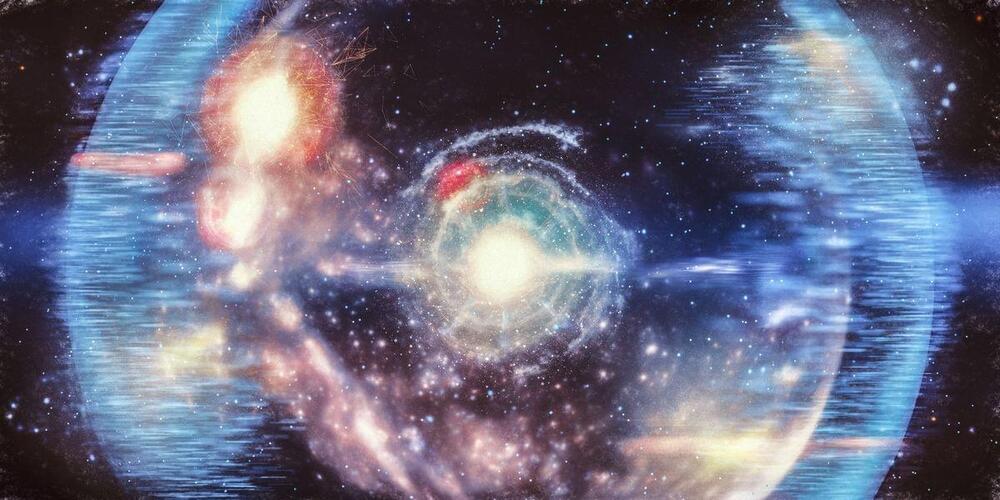


The DarkSide experiment is an ambitious research effort aimed at detecting dark matter particle interactions in liquid argon using a dual-phase physics detector located at the underground Gran Sasso National Laboratory. These interactions could be observed by minimizing background signals, and this could be possible thanks to the remarkable discrimination power of the scintillation pulse of liquefied argon in the DarkSide-50 detector, which can separate nuclear recoil events associated with these interactions from more than 100 million electronic recoil events linked to radioactive background.
The large team of researchers involved in the DarkSide experiment has recently been using the detector to search for lighter dark matter particles. The results of a new search for dark matter–nucleon interactions, published in Physical Review Letters, allowed them to set new constraints for sub-GeV/c2 dark matter.
“The DarkSide-50 experiment was designed as a test for the use of argon from underground sources, naturally depleted in the radioactive 39 Ar, for very large scale dark matter searches,” Cristiano Galbiati a Researcher at Princeton University and the Gran Sasso Science Institute, told Phys.org. “It is remarkable to see how a group of young researchers within the collaboration was able to exploit the apparatus to extract the best limit for dark matter searches that were not part of the original scope of the experiment. If anything, the ingenuity and resolve of this group should be credited for this important result.”
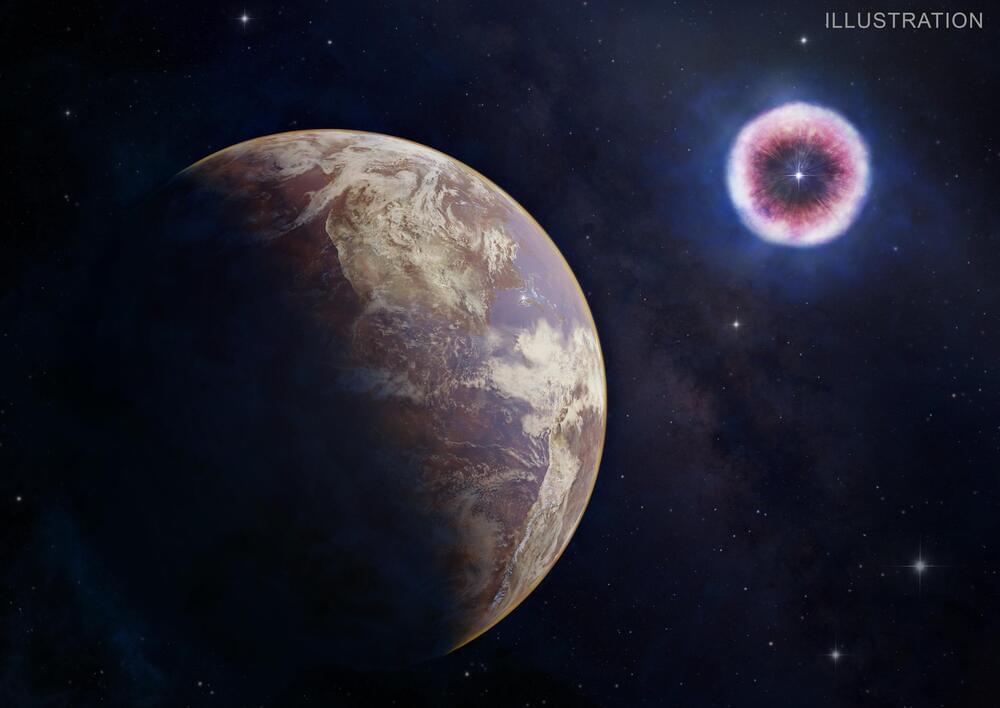
Astronomers using data from NASA’s Chandra X-ray Observatory and other telescopes have identified a new threat to life on planets like Earth: a phase during which intense X-rays from exploded stars can affect planets over 100 light-years away. This result, as outlined in our latest press release, has implication for the study of exoplanets and their habitability.
This newly found threat comes from a supernova’s blast wave striking dense gas surrounding the exploded star, as depicted in the upper right of our artist’s impression. When this impact occurs it can produce a large dose of X-rays that reaches an Earth-like planet (shown in the lower left, illuminated by its host star out of view to the right) months to years after the explosion and may last for decades. Such intense exposure may trigger an extinction event on the planet.
A new study reporting this threat is based on X-ray observations of 31 supernovae and their aftermath—mostly from NASA’s Chandra X-ray Observatory, Swift and NuSTAR missions, and ESA’s XMM-Newton—show that planets can be subjected to lethal doses of radiation located as much as about 160 light-years away. Four of the supernovae in the study (SN 1979C, SN 1987A, SN 2010jl, and SN 1994I) are shown in composite images containing Chandra data in the supplemental image.
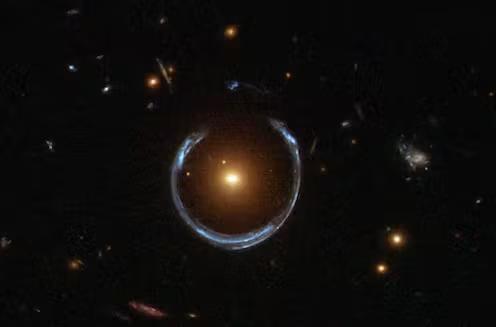
Physicists believe most of the matter in the universe is made up of an invisible substance that we only know about by its indirect effects on the stars and galaxies we can see.
We’re not crazy! Without this “dark matter”, the universe as we see it would make no sense.
But the nature of dark matter is a longstanding puzzle. However, a new study by Alfred Amruth at the University of Hong Kong and colleagues, published in Nature Astronomy, uses the gravitational bending of light to bring us a step closer to understanding.
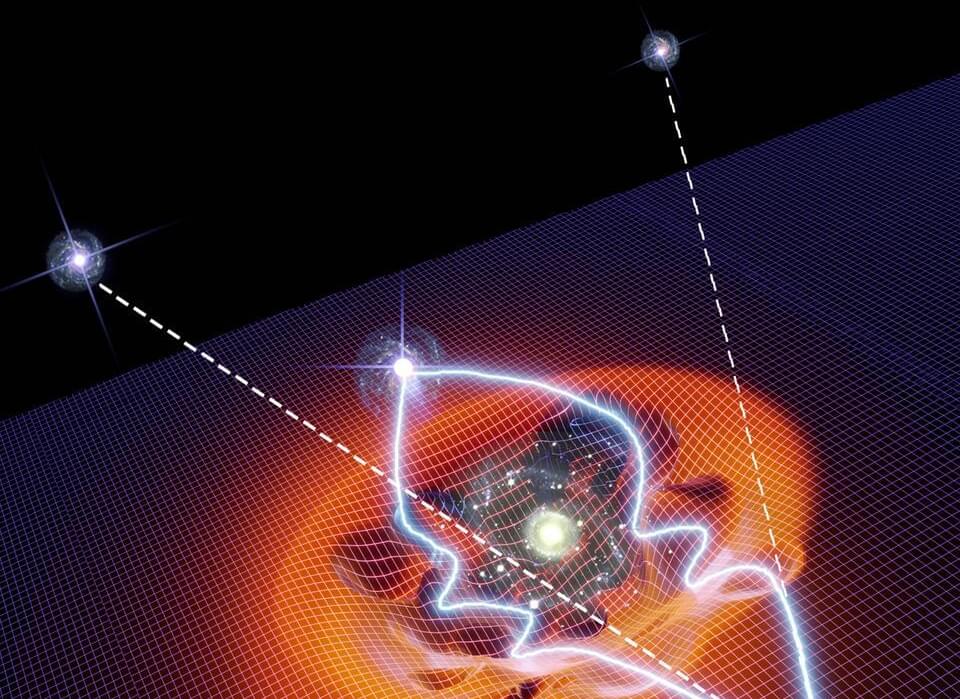
The first 100 people to use code UNIVERSE at the link below will get 60% off of Incogni: https://incogni.com/universe.
Researched and Written by Colin Stuart.
Check out his superb Astrophysics for Beginners course here: https://www.colinstuart.net/astrophysics-course-for-beginner…on-online/
Edited by Manuel Rubio.
Narrated and Script Edited by David Kelly.
Thumbnail art by Ettore Mazza, the GOAT: https://www.instagram.com/ettore.mazza/?hl=en.
Animations by Jero Squartini https://fiverr.com/freelancers/jerosq.
Stock footage taken from Videoblocks and Artgrid, music from Epidemic Sound, Artlist, Silver Maple and Yehezkel Raz.
Space imagery also used from NASA and ESO.
Specific image credits:
AT Service via Wikimedia for images of Kip Thorne and Bryce DeWitt.
Massachusetts Institute of Technology, via Wikimedia Commons for the image of Bruno Rossi.
00:00 Introduction.
06:00 The Block Universe.
16:25 Visiting The Future.
27:00 Visiting The Past.
37:59 Time Streams.
#wormhole #quantum
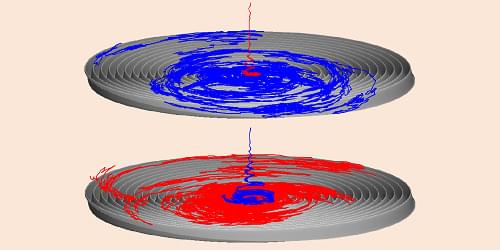
An instrument on the International Space Station has revealed new information about how the Sun’s magnetic field affects cosmic rays on their way to Earth.
Galactic cosmic rays (GCRs) are highly energetic charged particles that are produced through various acceleration mechanisms in astrophysical objects such as supernova remnants. These particles propagate through the Galaxy and can reach the heliosphere, a region dominated by plasma originating from the Sun. Within the heliosphere, GCRs interact with the turbulent plasma environment in a way that decreases their flux, causing them to diffuse in space and to lose energy [1]. Most of the impact of this “solar modulation” on GCRs is independent of particle charge. But GCR drift is also influenced by large-scale gradients in, and curvatures of, the heliospheric magnetic field and by the current sheet—a tenuous structure that separates the heliosphere into regions of opposite magnetic-field polarity [2].
What does it mean to ask about the end of the universe? Can the universe even have an end? What would end? In the far, far future, what happens to stars, galaxies, and black holes? What about mass and energy, even space and time? What’s the ‘Big Crunch’ and the ‘Big Rip’? And what if there are multiple universes, will the multiverse ever end?
Free access to Closer to Truth’s library of 5,000 videos: http://bit.ly/376lkKN
Watch more interviews on the end of the universe: https://bit.ly/3MSHlFF
Support the show with Closer To Truth merchandise: https://bit.ly/3P2ogje.
Fred Adams is a professor of physics at the University of Michigan. His work is in the general area of theoretical astrophysics with a focus on the study of star formation and cosmology.
Register for free at CTT.com for subscriber-only exclusives: https://bit.ly/3He94Ns.
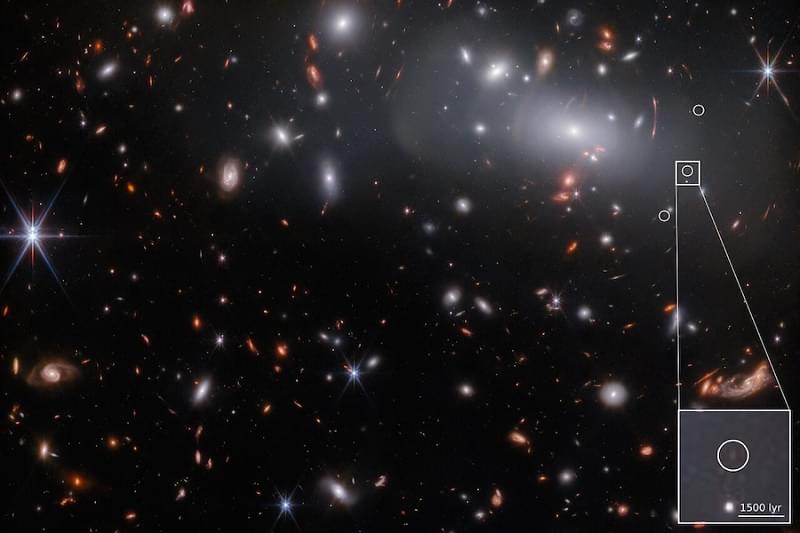
Scientists looked more than 13 billion years into the past to discover a unique, minuscule galaxy that could help astronomers learn more about galaxies that were present shortly after the Big Bang.
A team of scientists led by the University of Minnesota Twin Cities used the James Webb Space Telescope to observe a very small galaxy that is more than 13 billion years old.
This galaxy created new stars at a very fast rate for its size. It is one of the smallest galaxies ever found at this distance (which is about 500 million years after the Big Bang).

The universe began about 14 billion years ago with a single point that contained a vast array of fundamental particles, according to the prevailing theory known as the Big Bang. Under the pressure of extreme heat and energy, the point inflated and then expanded to become the universe as we know it. That expansion continues to this day.
Unlocking the mysteries of what happened in that first instant is a key subject of nuclear physics research. Rosi Reed, associate professor, and Anders Knospe, assistant professor―both in the Department of Physics―are on the leading edge of that research, probing the nature of that initial matter created, quark-gluon plasma, a fluid made up of subatomic particles. With support from the National Science Foundation, they have built a highly-specialized detector to measure aspects of the universe that have never before been measured.
Reed and Knospe are installing their event plane detector at Brookhaven National Laboratory’s Relativistic Ion Collider (RHIC) in Long Island, New York, one of only two operating particle collider facilities in existence. They are running experiments to forward their collaborative and individual research on the strong nuclear force, one of the four fundamental forces of nature, along with gravity, electromagnetism and the weak nuclear force. The strong force holds atomic nuclei together.